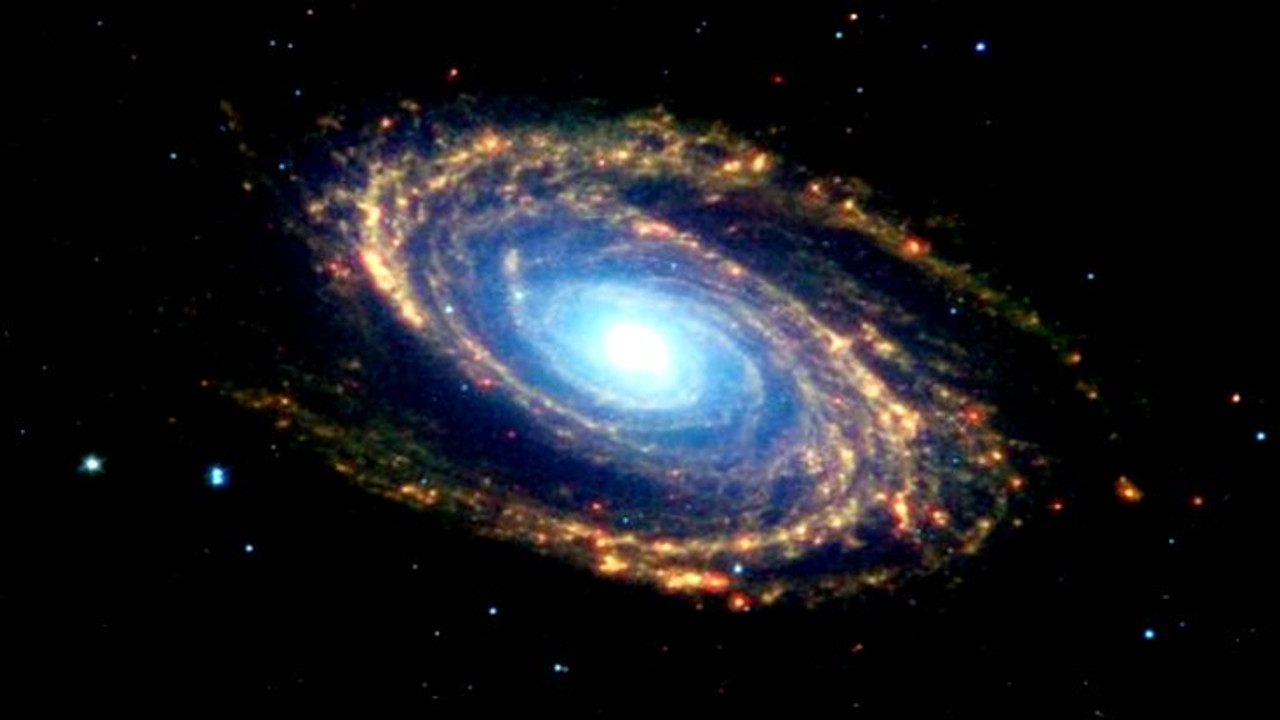Our planet and the galaxy it is in are still full of unknowns. With the development of technology and the increase in observation tools, this dark curtain is slowly being lifted. The Gaia Observatory of the European Space Agency ESA has revealed the mysteries lying deep in space. Gaia Observatory has shared the latest data, detailing more than half a million newly discovered stars and more than 150,000 asteroids. Here are the details…
ESA’s Gaia Observatory has revealed half a million undiscovered stars!
More than half a million stars and more than 150 thousand asteroids. It was revealed thanks to the Gaia Observatory of the European Space Agency ESA. In fact, this new data is part of the mission’s third data release, the first of which was published in June 2022. These new stars are located in Omega Centauri. These latest observations represent just a small fraction of the more than 1.8 million stars Gaia has documented so far.

Omega Centauri is the largest globular star cluster visible from our planet. It is located approximately 17,000 light-years from Earth. The cluster is roughly 150 light-years across. Additionally, the newly discovered stars are 15 times fainter than the stars ESA has previously uncovered here. In short, the observatory brought to light these cosmic objects with very weak light, far away from our planet.
Overall, ESA says the Gaia Observatory has revealed the presence of 526,587 new stars in the Omega Centauri region. There are at least nine populated areas in the region. The observatory can now see more than ten times the number of stars in the cluster’s core. The new data doesn’t just plug holes in the observatory’s mapping. It also gives researchers new data to work with in understanding star formation and evolution.
The new data obtained by Gaia’s discovery of these new stars will pave the way for many discoveries. It will allow researchers to study how stars are distributed and how they move. These new stars also mark one of the most populous regions Gaia has ever observed in this area of space. Thanks to this discovery, the Gaia Observatory has exceeded its planned potential.
This observatory has been in orbit since 2013. In fact, Gaia was not originally designed for cosmology. So the main mission of this observatory is not to search for stars. However, he proved to be very useful in this job by discovering many stars. However, ESA has also created a massive galactic map of the Milky Way Galaxy.














